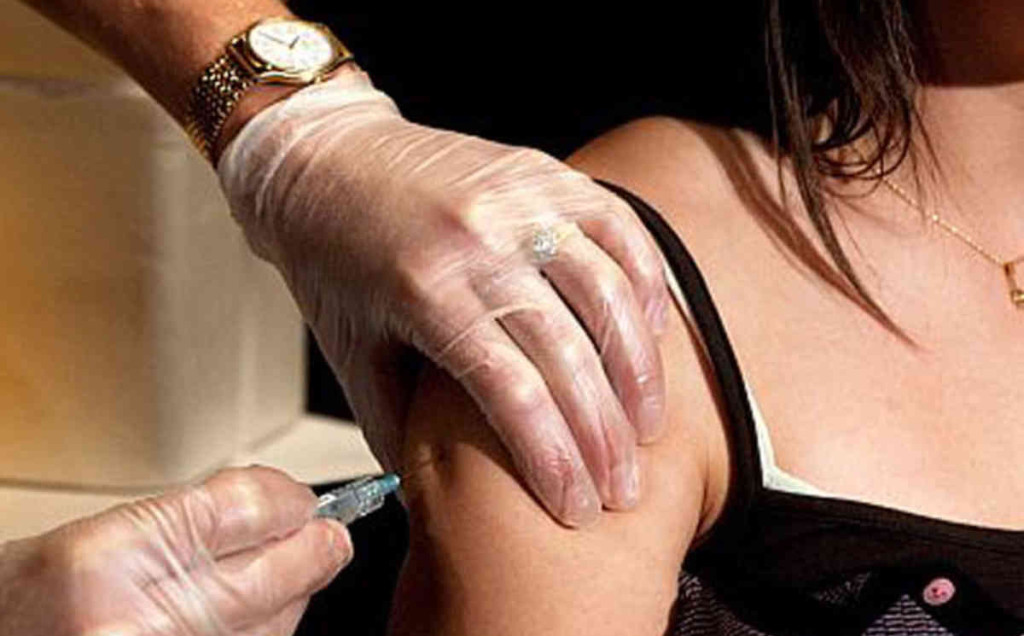Researchers at Harvard Medical School have refuted suggestions that higher rates of sexually transmitted infections in adolescents is down to the human papilloma virus vaccine. The uptake of the vaccine, which is being used to prevent cervical cancer in women has been engulfed with a low uptake in the recent past because of concerns about how it does affect adolescent sexual activity.
The study had compared 21,000 girls who had been vaccinated to 186,000 who had not been vaccinated all of whom lived in the same area in the United States. The researchers measured the rates of sexually transmitted infections four times a year, for the year after vaccination and the year prior.
The study found out that vaccinated girls had slightly higher rates for STI’s than their unvaccinated counterparts both before and after vaccination. However, the study found out that the rate of transmission increased as the ladies got older regardless of whether the girls were vaccinated or not.
The findings thus suggest sexual behaviors of the girls remained unaffected regardless of one receiving the vaccine. Researchers maintain, had the vaccine caused an increase in risky sexual behavior, then they would have found a higher STI rate in vaccinated girls.
The findings of the study published in the JAMA Internal Medicine affirms the vaccine does not promote any risky sexual behaviors among those who receive it. The finding goes to reassure people that the vaccine is safe, considering it is one of the few ever developed that can actually prevent cancer.
Health authorities have been running campaigns to have the vaccine administered to pre-teen and teenage boys and girls, to prevent HPV that many at times leads to cancers of the cervix anus penis and mouth. Despite the misconception, Australia has been leading the pack making it a national policy for mandatory HPV vaccination in schools with more than 80% of girls between the ages of 14-16 having already received one.
In the U.S, only 38% of the girls between the ages of 13 and 17 had received all the three recommended vaccines by 2013 with even fewer boys.

